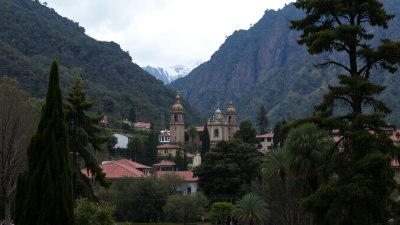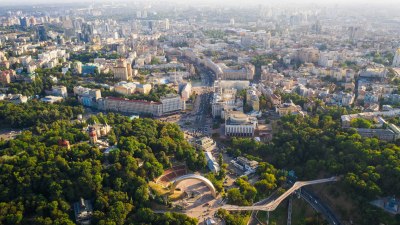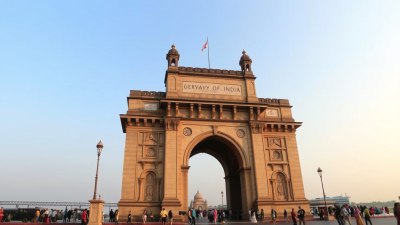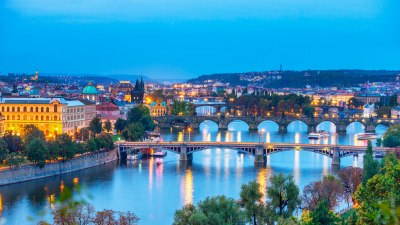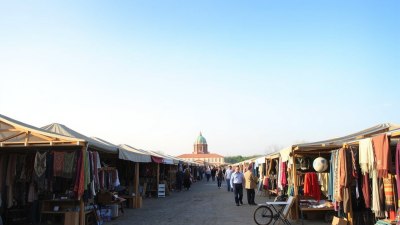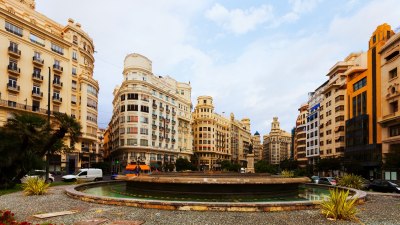Following the Silk Road and Its Forgotten Treasures
Explore the Silk Road's history and treasures, uncovering its impact on trade and culture.

The Silk Road, a historic trade route, extends over 4,000 miles, connecting the East and West. It has a profound legacy that shaped civilizations, economies, and cultures. While we often think of the exquisite silks and spices that traversed this route, it's important to delve into the forgotten treasures that also enriched societies along the way. This article will unveil the lesser-known gems of the Silk Road, including its impact on art, technology, and cultural exchanges, all of which contributed significantly to our modern world.
The Origin of the Silk Road
The term 'Silk Road' was coined in the 19th century by the German geographer Ferdinand von Richthofen, but the trade route dates back to ancient times. Originally established during the Han Dynasty in China around 130 B.C.E., it served as a critical conduit for commercial and cultural exchange. Not only silk but also other commodities such as paper, glassware, and precious stones traveled along these paths.
Initially, the Silk Road took traders through treacherous terrains, including mountains, deserts, and plains. The journey required great resilience and resourcefulness since merchants faced numerous challenges, including harsh climates and marauding bandits. Despite these obstacles, the Silk Road flourished, enabling connections between diverse cultures spanning from China to the Mediterranean.
The Forgotten Treasures of Art and Culture
While silk remained the most famous product, various art forms emerged and thrived alongside trade activities. For instance, Buddhist art was profoundly impacted by the Silk Road. As Buddhism spread from India to Central Asia and China, numerous art forms and iconographies took shape, blending local styles with those brought by traveling monks
Murals found in the Dunhuang caves of China illustrate the confluence of cultures. Artists incorporated elements from Indian, Persian, and Greco-Roman traditions, leading to a unique style that depicts religious motifs, daily life, and nature. Such artistic exchanges demonstrate how the Silk Road facilitated not just trade but also the sharing of ideas and artistic expression.
Technological Advancements Along the Route
The Silk Road wasn't solely a trade route for goods; it was a hotbed for technological innovation. One significant innovation was the spread of papermaking. Originating in China, the technology slowly made its way westward, profoundly impacting literacy and record-keeping in the civilizations that adopted it.
In addition to paper, advancements in metallurgy, navigation, and agricultural techniques were exchanged. The introduction of the compass, for instance, greatly enhanced maritime navigation, leading to the Age of Exploration. The flow of knowledge along the Silk Road facilitated scientific advancements that shaped the way societies evolved.
The Role of Cities as Cultural Hubs
The advancement of trade led to the rise of key cities along the Silk Road, each becoming a melting pot of cultures, traditions, and innovations. Cities like Samarkand, Bukhara, and Kashgar served not just as trading posts but as cultural hubs where ideas, religions, and customs mingled.
Samarkand, for example, flourished as a center of learning. The Registan Square, with its stunning architecture, symbolized the city’s rich history and its role in the dissemination of knowledge. Scholars from various backgrounds convened in its madrasas, exchanging ideas that influenced mathematics, astronomy, and philosophy.
Legacy of the Silk Road in Modern Times
The impact of the Silk Road is still felt today. Modern globalization often parallels the ancient trade routes, as we continue to exchange goods, culture, and ideas across vast distances. The legacy of the Silk Road can be seen in diverse aspects of contemporary society, from food to architecture.
Consider cuisine, for instance. The global spread of spices is a direct consequence of trade along the Silk Road. Dishes that we enjoy now have roots in the exchanges of flavors and cooking techniques that occurred centuries ago. Additionally, architectural styles in cities around the world reflect the influences that traveled these ancient routes.
The Silk Road's Influence on Religion
Religion played a pivotal role in the cultural exchanges along the Silk Road. Various faiths—including Buddhism, Zoroastrianism, and later Islam—spread through these routes. Buddhism, in particular, had a profound impact on the cultures of East and Central Asia, where it intertwined with local beliefs, leading to unique interpretations and practices.
One remarkable outcome of this religious exchange is the architecture of temples and mosques, which reflect a synthesis of different styles and traditions. For instance, the blend of Buddhist stupas and Islamic minarets can be seen in certain regions, signifying the cultural exchanges facilitated by the Silk Road.
The Influence of Trade Goods Beyond Silver and Silk
Silk and silver were integral, but the Silk Road facilitated trade in a plethora of other goods that have often been overlooked. Items such as jade from China, spices from the Indian subcontinent, carpets from Persia, and glassware from the Roman Empire were among the treasures that exchanged hands.
These goods carried not just commerce value but also symbolic meanings and cultural significance. For instance, jade was not only prized for its beauty but also revered in Chinese culture as a symbol of virtue and purity. Similarly, spices played a crucial role not just in cooking but also in Indian medicinal practices.
Rediscovering the Silk Road Today
In recent years, there has been a renewed interest in the Silk Road, prompting archaeological explorations and cultural initiatives to rediscover its treasures. Countries along the route are investing in the preservation of ancient cities, cultural relics, and traditions that risk being forgotten.
Universities and scholars are increasingly studying the ancient trade network to understand its complexities better. Projects aiming to retrace the ancient paths using modern technology are also emerging, enhancing our comprehension of this remarkable historical phenomenon.
The Sustainable Future of Silk Road Heritage
As nations reflect on their cultural heritage, the Silk Road presents an opportunity for sustainable tourism. Heritage sites along the route can attract travelers eager to connect with history. However, managing the impact of tourism is essential to preserve the integrity of these sites.
Local governments and communities can benefit from promoting responsible tourism while educating visitors about the significance of the Silk Road. Workshops, cultural festivals, and interactive experiences that celebrate the region's heritage can foster a deeper understanding of the Silk Road, encouraging mutual respect and appreciation.
Conclusion: A Lasting Legacy
The Silk Road endures as a testament to the ingenuity and resilience of humanity. It played a pivotal role in connecting disparate cultures, exchanging ideas, and fostering economic relationships. The forgotten treasures of this ancient network go beyond silk and spices, revealing a rich tapestry of art, technology, and cultural interchange.
As we continue to study and celebrate the legacy of the Silk Road, we uncover the threads that bind us together in our quest for knowledge and connection. In a world facing challenges of division and misunderstanding, the Silk Road serves as a reminder of the beauty found in diversity and cooperation.
